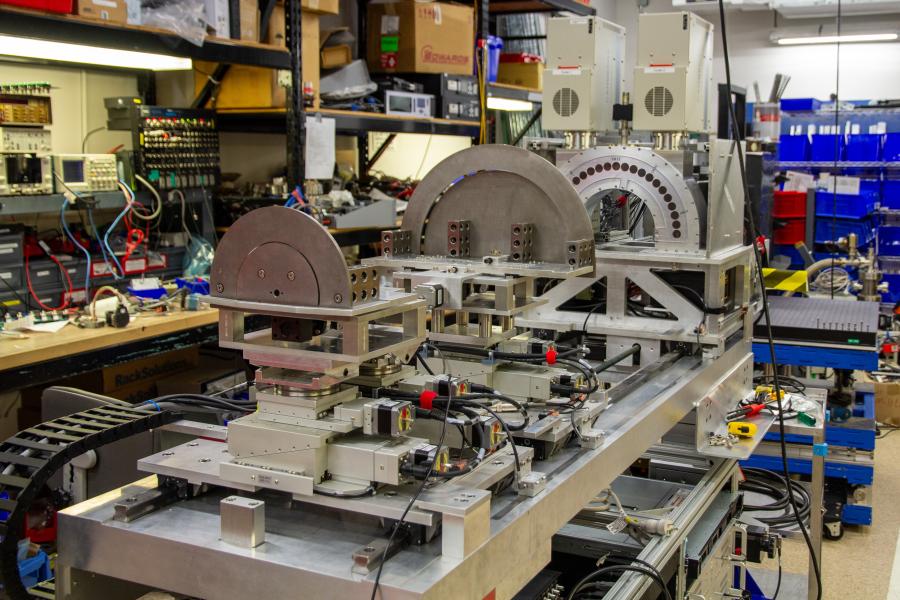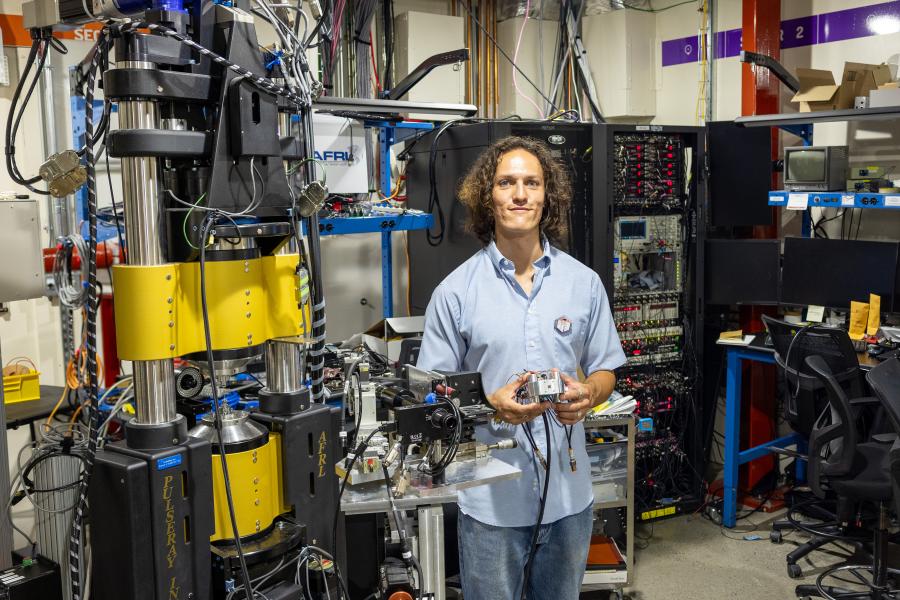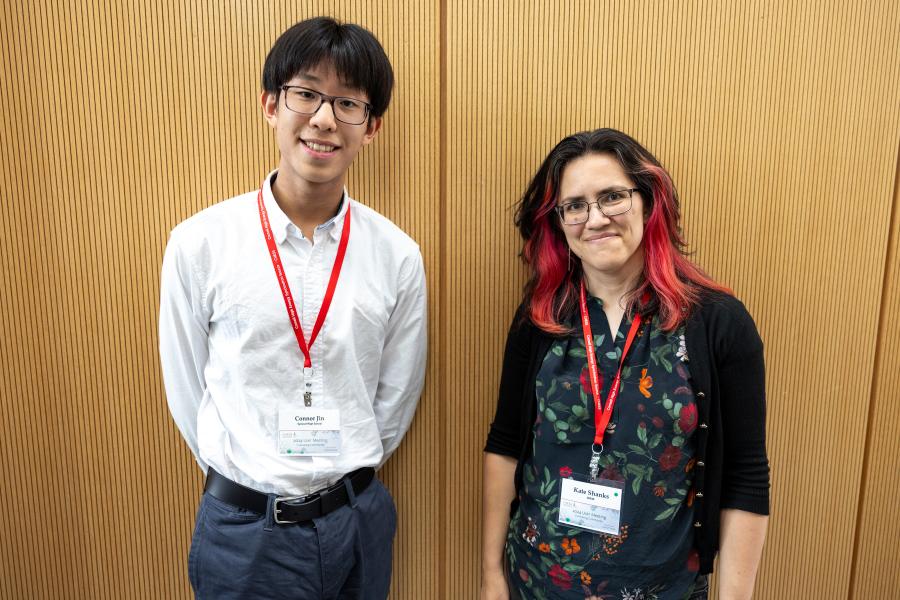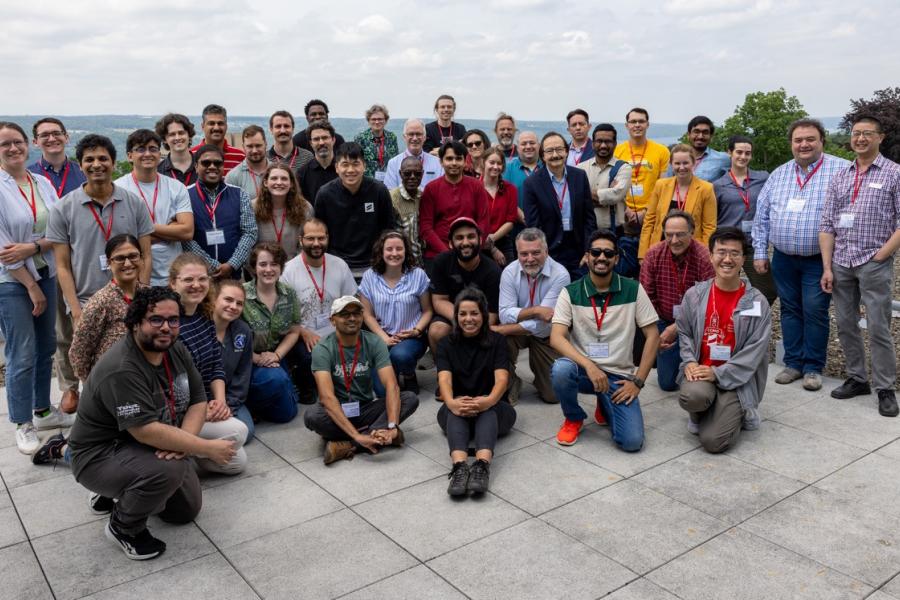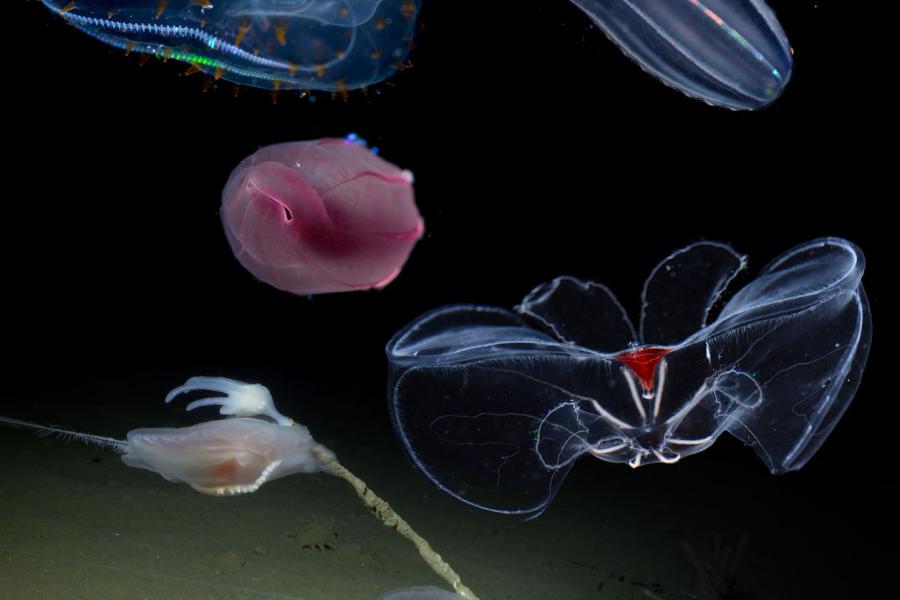Sidebar Menu (View Pages)
- Status
- ⌃ Science
- ⌃ Users
- ⌃ Facilities
- ⌃ Public
- Industry
- ⌃ About
Tags
Featured
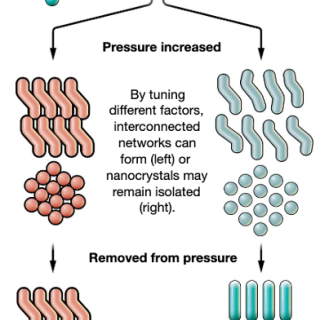
Nanocrystals with Metastable High-Pressure Phases Under Ambient Conditions
This groundbreaking work was supported by a collaboration between the PI an collaborators and CHEXS scientist Zhongwu Wang, spanning many years, across the former CHESS “B-line” beamline and the new CHEXS HPBio facilities. This work was enabled by custom diamond anvil cells with large opening angles for simultaneous SAXS / WAXS measurements, and by in-situ spectroscopy techniques deployed at CHESS

CHESS Welcomes New Staff Scientist - Steve Meisburger
Steve Meisburger joins CHESS as a staff Scientist at the FlexX beam line. Steve comes from the Ando Lab at Cornell, which studies how enzymes work by using a combination of biophysical and biochemical techniques. We are thrilled to have Steve join the CHESS team!
Follow Steve on twitter: @meisborg
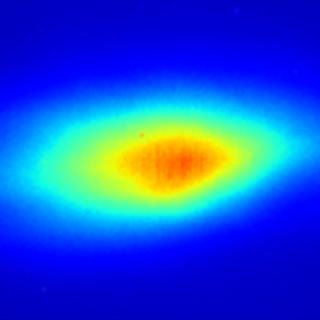
Diamonds are for focusing and monochromatizing: Chemically vapor deposited diamond crystal as medium resolution X-ray monochromator
"Using CVD diamonds in X-ray monochromators enables affordable compact systems operable in a laboratory with conventional X-ray sources, under extreme conditions as high radiation heat load optics at synchrotrons, or, possibly, as compact remote X-ray instrumentation for planetary missions."
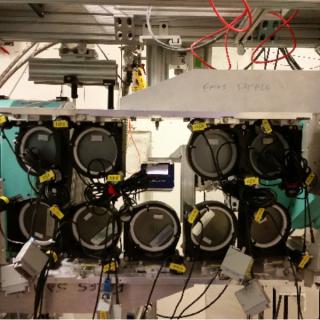
Hopping Made Easy: Controlling Electronic Transport in CoₓMn₃₋ₓO₄ Nanoparticles
"This work forms the starting point to understanding the mechanisms of charge transport in ternary spinel systems."
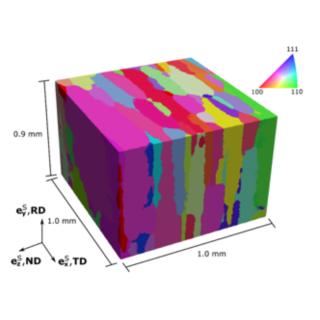
Slip but not fail: New Insights into Microstructural Deformation Mechanisms in Al-Li Alloys
"These new X-ray data are creating a path forward for the development of new microstructurally sensitive failure criteria."
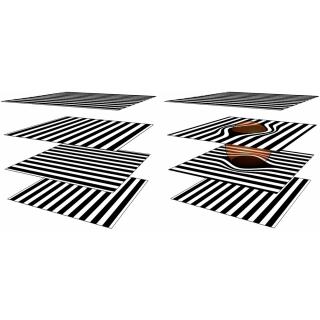
Less is more: Disorder raises the critical temperature of a cuprate superconductor
"Developing materials that exhibit superconductivity at room temperature for wide spread commercial use would allow a significant reduction in energy consumption throughout the power grid."
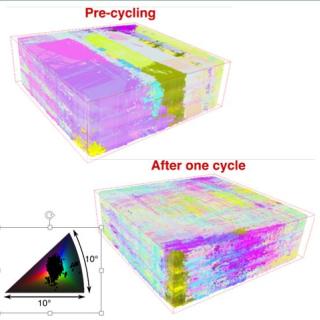
In-Situ Observations of Performance Evolution in Shape Memory Alloys
Shape memory alloys see use in numerous aerospace and biomedical applications, but their wider use is limited by functional fatigue. Understanding the micromechanical origins of functional fatigue will advance the development of new microstructures that mitigate these effects and lead to wider adoption in industry.
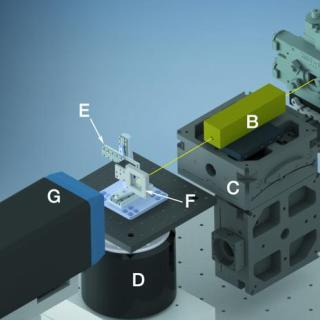
Room temperature serial oscillation crystallography
Serial crystallography is a method for obtaining structural information on an atomic level of a protein, without the need for large protein crystals. Instead, small diffraction datasets are collected on many small protein crystals, which are usually easier to obtain than large ones. Serial crystallography is an ideal method for collecting diffraction data of proteins at room temperature, where the onset of radiation damage from the X-ray beam is rapid.

